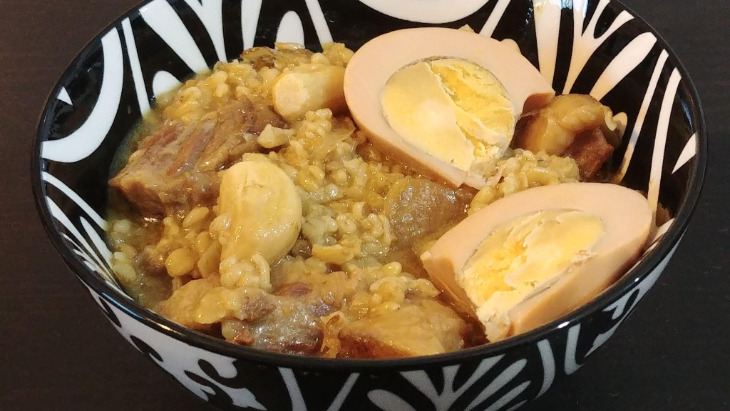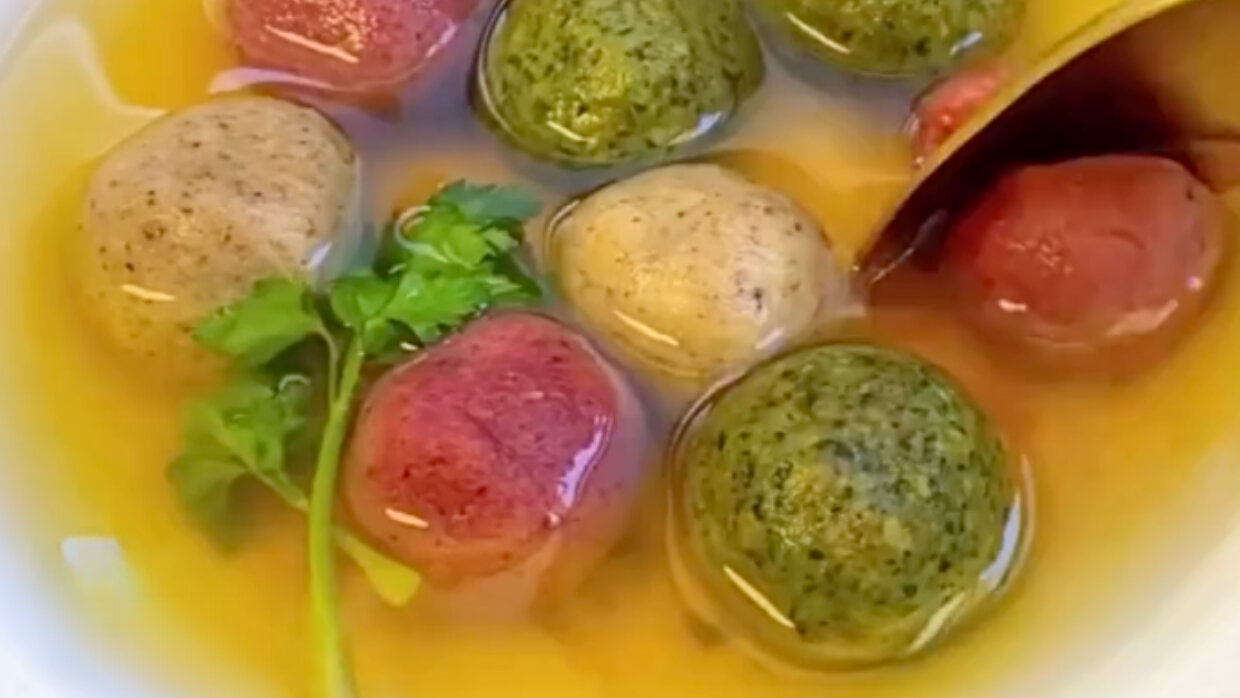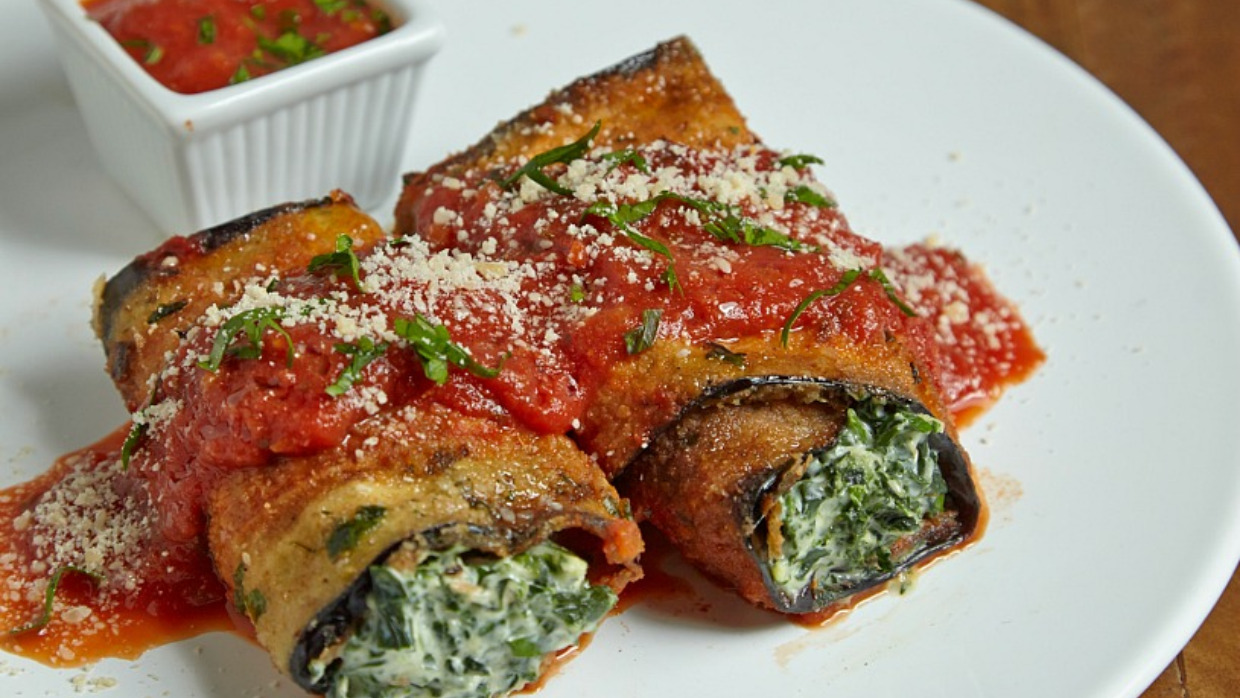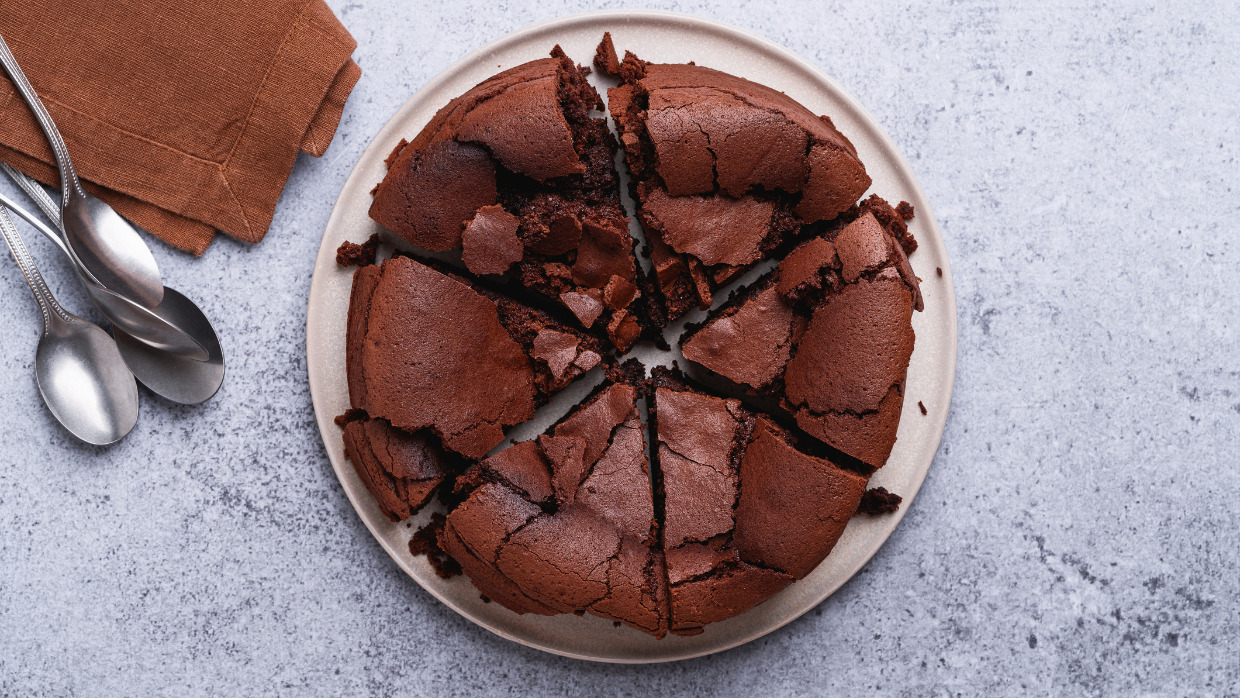There’s a special joy that comes from discovering a traditional, delicious dish that you’ve never actually heard of. And if it’s also good for you and ties you into Jewish heritage, what could be better?
Ferik is one such dish. Of Egyptian-Jewish origin, it is a type of Shabbat stew – a one-pot meal that observant Jews prepare on Friday and leave to slow-cook through the whole night until Saturday midday. It allows them to eat a warm lunch without transgressing the Jewish law’s prohibition against actively cooking on Shabbat. You might have heard of chulent (of Ashkenazic origin) or hamin (a major Sephardic version), but there are actually tens of different types from around the world.
The chameleon of the kosher kitchen, the Shabbat stew (a collective term I use to describe them all) has morphed with Jewish migrations throughout the Diaspora. It may be the most Jewish food in the world, as it grows out of our religious rules, is eaten by Jews everywhere on a weekly basis, and is virtually unknown outside of our community. As I’ve researched this dish, I’ve learned of many different versions. So, recently, I released a free e-cookbook with 12 international (and delectable) recipes, including this one for ferik.
Ferik deceives with its simplicity. Like most Shabbat stews, its core is grain and meat, but in this case, the specific grain adds a wonderful texture and subtle flavoring that many other varieties lack. Freekeh (the source of the dish’s name) is a genuinely ancient grain, or more accurately, an ancient preparation method for grain. To ensure some would be saved in case of a crop failure (due to floods, drought, locust swarms, or other Biblical-style disasters), a portion of the wheat is harvested while still immature. With the grain still in its outer shell, the wheat is set on fire. Since the young, green wheat is still moist, the cereal itself toasts instead of actually burning. Once cool, the charred outside is removed and the grains are cracked. Throughout the Levant, this ancient production method is reenacted every Spring.
Freekeh tastes like a slightly smoky version of bulgur, and is fairly healthful since many of the nutrients that would normally be used for growth remain in the immature grains. Due to the toasting, the freekeh pieces remain discrete despite the long stewing process. The earliest version of the Shabbat stew most likely was harisa (not to be confused with the North African fiery pepper paste), a porridgy dish of wheat and lamb. By swapping out regular wheat berries in favor of freekeh, ferik gains a more sophisticated flavor and consistency.
This Shabbat stew takes the old-school classic harisa, updates it with an even more ancient grain that has stuck around until modern times, and delivers a polished dish that tastes both old and new at the same time. Ferik embodies the Jewish continuity in the region, since Jews have prominently lived in Egypt and throughout the Middle East from antiquity to the present. Why not make a pot to share with friends, and taste the soul of Jewish history?
Ingredients
- 2 medium onions chopped
- 1 tablespoon oil
- 1½-2 lbs 750-900 g fatty beef or lamb, cut into chunks
- 2 cups 375 g freekeh
- 1 teaspoon salt
- 1 teaspoon turmeric
- 1 teaspoon sweet paprika
- 1 teaspoon hot paprika
- 1 head of garlic kept whole, unpeeled, but cleaned
- 1 egg per person still in their shells (optional)
Nutritional Facts
Instructions
- In a large heavy pot such as a Dutch oven, fry the onion in oil over medium heat, until it starts to get translucent. Remove from heat before it browns.
- Add the meat chunks. Sprinkle the freekeh around and on top of the meat. Add the salt, turmeric, sweet paprika and hot paprika. Tuck the head of garlic and the eggs (if using) gently into the top of the freekeh. Add water to cover.
- Bring to a boil, then simmer for about 20 minutes. Make sure there is still a significant amount of water inside. If you prefer you can transfer to a slow cooker and cook overnight on Low. Alternatively, continue in a Dutch oven and cook overnight in the oven at 230° F / 110° C, or on an electric hotplate.
- With any method, place aluminum foil between the lid and the pot to keep the moisture in. Fold the edges of the foil up over the lid, so the steam doesn’t drip down the outside of the pot, making a mess.
- Before serving, peel the eggs and serve one with each portion. Put the head of garlic on a separate plate, for all to help themselves to a soft clove.
Notes
Another seasoning option is to replace the turmeric and paprika with two teaspoons of cinnamon and 1 of allspice.
Some leave out the garlic entirely.














